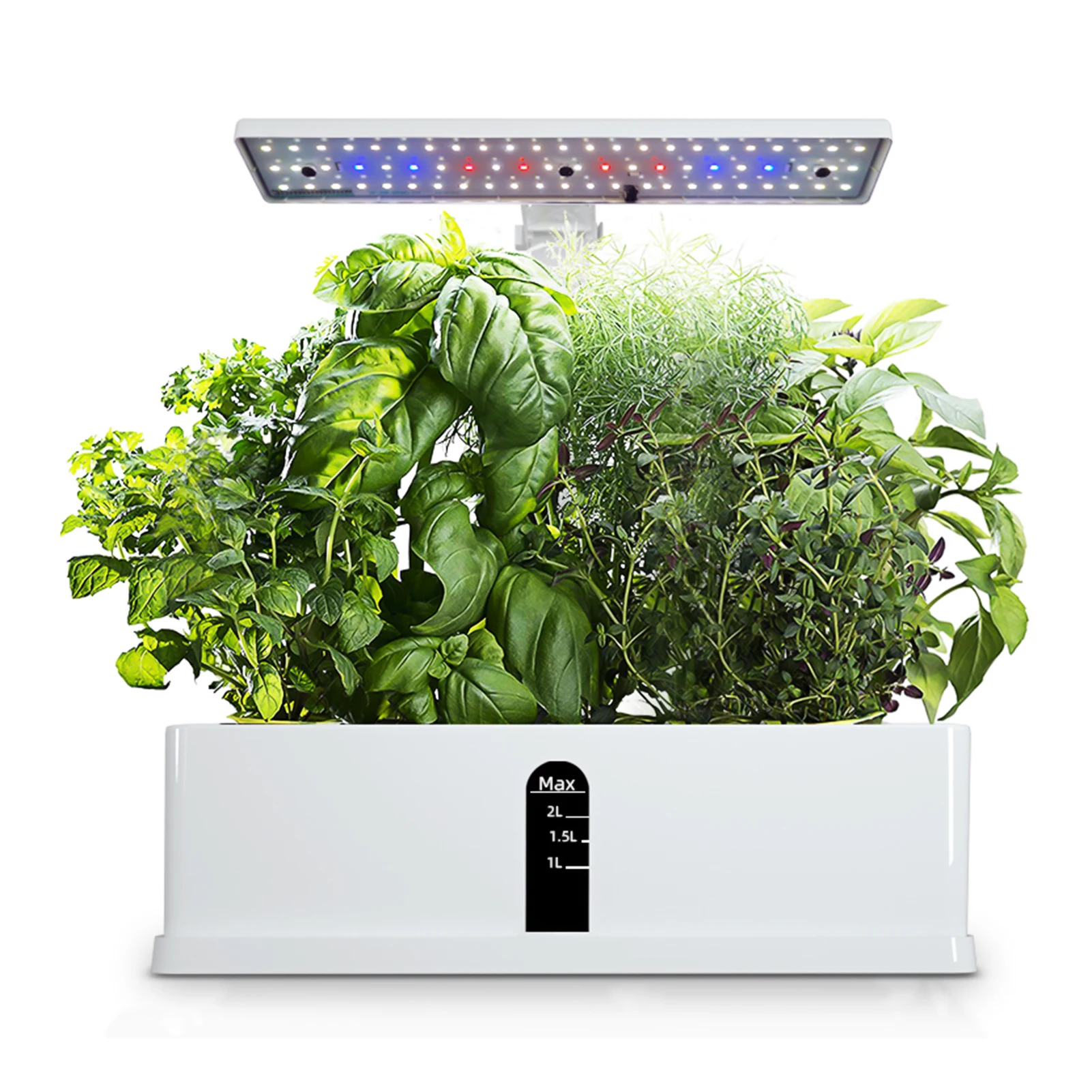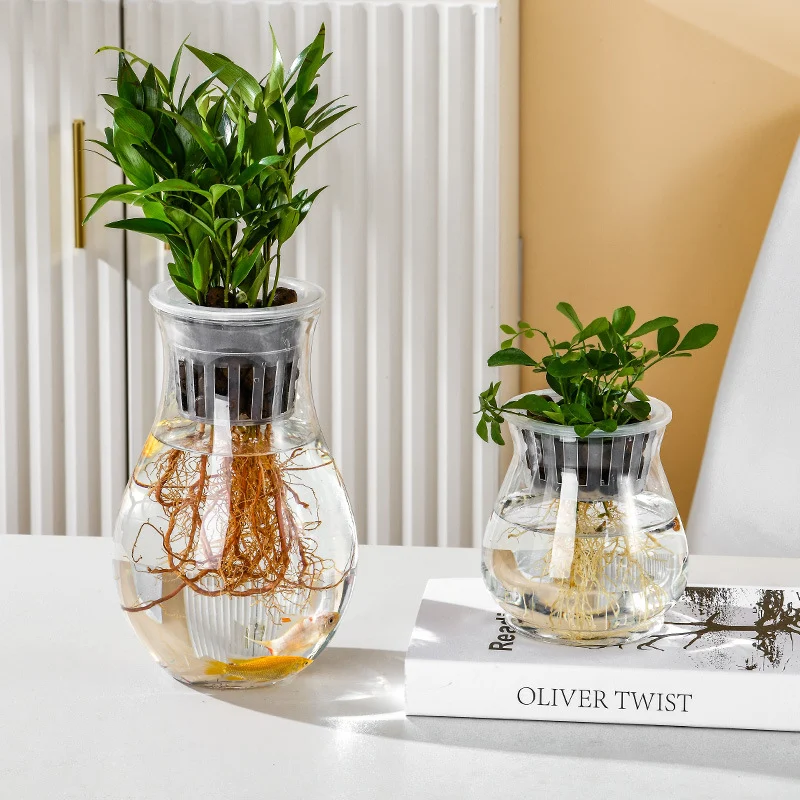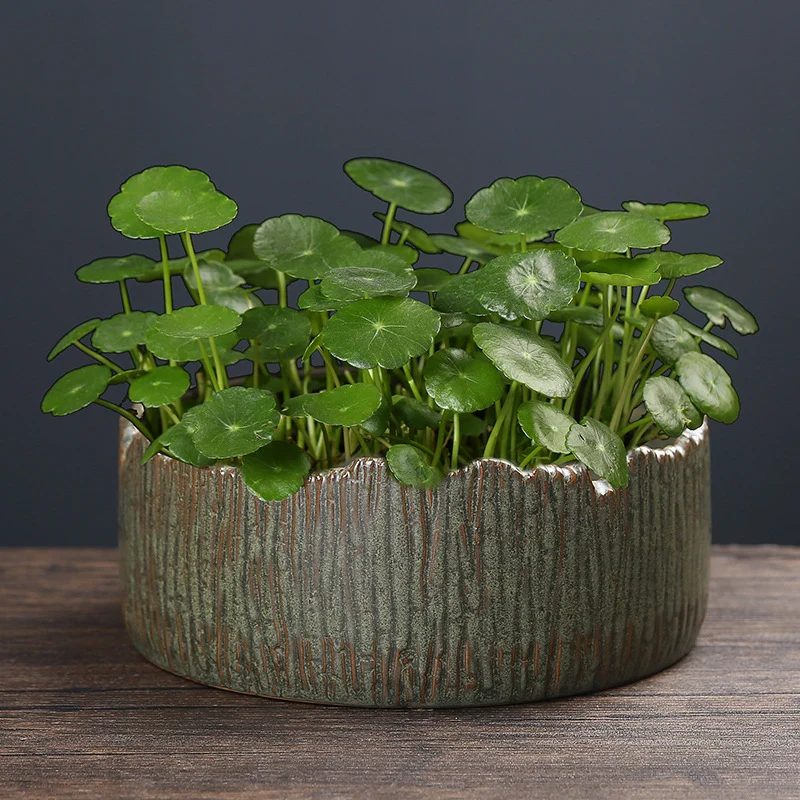How Can I Successfully Grow Veggies Indoors Without Natural Sunlight?
Innovative Techniques for Growing Veggies Indoors Without Natural Sunlight
Growing vegetables indoors can be a rewarding experience, even if you lack natural sunlight. With the right techniques and tools, you can cultivate a thriving indoor garden. Here are innovative strategies to ensure your indoor veggies flourish.
Utilizing Grow Lights
One of the most effective ways to grow veggies indoors without sunlight is the use of grow lights. These lights mimic the spectrum of natural sunlight, boosting plant growth. Here are the main types:
- LED Grow Lights: Energy-efficient and long-lasting. LEDs emit the specific wavelengths of light plants need.
- Fluorescent Lights: Affordable and great for small spaces. Full-spectrum bulbs give the best results.
- High-Intensity Discharge (HID) Lights: More energy-consuming but provides intense brightness, ideal for larger or more demanding plants.
Set up grow lights 6 to 12 inches above the plants and adjust them based on the growth stage.

Optimizing Soil and Nutrients
The cornerstone of a healthy indoor garden is the soil you choose. Opt for high-quality potting soil that retains moisture yet drains well. Add organic matter like compost to enrich the soil. Here’s what to consider:
- pH Levels: Most veggies prefer a slightly acidic to neutral range (6.0 to 7.0).
- Nutrient Supplements: Use liquid fertilizers for easy absorption by indoor plants. Follow recommendations to avoid over-fertilizing.
- Organic Options: Think about organic fertilizers like worm castings or fish emulsions for a natural approach.
Container Selection
The type of container greatly impacts your indoor gardening success. Choose pots that allow proper drainage. Consider these:
- Self-watering Containers: Maintain consistent moisture levels, reducing the risk of under or over-watering.
- Stackable Planters: Great for limited space; allow you to grow multiple vegetables vertically.
- Sustainable Materials: Opt for pots made from recycled materials to minimize your environmental footprint.
Temperature and Humidity Control
Maintaining appropriate temperature and humidity levels is crucial for growth. Most veggies thrive between 65°F and 75°F. Create a suitable environment by:
- Thermometers: Use indoor thermometers to monitor temperatures and adjust heating or cooling as needed.
- Humidifiers: If your indoor air is too dry, especially in winter, a humidifier can help maintain ideal humidity levels (40-60% relative humidity).

Companion Planting
Companion planting can optimize space and growth in an indoor setup. Pairing certain plants together often leads to healthier yields. For example:
- Basil with Tomatoes: Basil can enhance the flavor of tomatoes and repel certain pests.
- Spinach with Peppers: Spinach benefits from the shade provided by taller pepper plants.
Regular Maintenance and Monitoring
Consistent care is crucial for your indoor garden’s success. Regularly monitor moisture levels, check for pests, and prune as necessary. Here are some tips for effective maintenance:
- Water Wisely: Water your plants when the top inch of soil feels dry. Avoid soggy soil, which can lead to root rot.
- Observe Growth Patterns: Note changes in color or growth speed to identify any problems early.
- Rotate Plants: Rotate containers occasionally to ensure all sides receive equal light exposure.
Implementing these innovative techniques can lead to a successful indoor vegetable garden, even without any natural sunlight. By harnessing technology and smart gardening practices, you can enjoy fresh veggies right from your indoor space.
The Role of Artificial Lighting in Indoor Vegetable Gardening
Growing vegetables indoors can be fulfilling, especially when natural sunlight is limited. To achieve a thriving indoor garden, understanding artificial lighting is crucial. By replicating the natural light spectrum, you provide the necessary conditions for plants to photosynthesize and grow effectively.
Understanding Plant Light Requirements
Most vegetables require specific light amounts to flourish indoors. Here’s a guideline for light requirements:
- Low Light: Leafy greens like lettuce and spinach thrive in low light. They need around 10-12 hours of light daily.
- Moderate Light: Herbs like basil and parsley need about 12-14 hours of light.
- High Light: Fruiting vegetables, such as tomatoes and peppers, demand high light intensity, ideally around 14-16 hours of light per day.
Knowing these requirements helps you choose an appropriate lighting system.
Types of Artificial Lighting
Several types of artificial lights are used in indoor vegetable gardening. Each type has its advantages:
- Fluorescent Lights: Cost-effective, energy-efficient, and emit a cool spectrum. Ideal for growing leafy greens and herbs.
- LED Lights: Popular for low energy consumption and long lifespan. Full-spectrum LEDs provide the wavelengths plants need for both vegetative growth and flowering.
- Incandescent Lights: Inexpensive but less efficient. They emit more heat and less usable light for effective plant growth.
- High-Intensity Discharge (HID) Lights: Powerful and suitable for larger setups. Metal halide (MH) is excellent for vegetative growth, while high-pressure sodium (HPS) works best for flowering stages.
Determining Light Duration and Intensity
Light duration and intensity play significant roles. Adjust these based on the types of vegetables grown. Follow these guidelines:
- Photoperiod: Provide 12-16 hours of light per day for most vegetables.
- Distance from Plants: Place lights at an appropriate distance. LEDs can be 12-24 inches away, while fluorescent lights should be closer to reduce plant stretching.
- Light Quality: Ensure the light spans the spectrum, especially blue and red wavelengths, crucial for photosynthesis.
Monitoring and Adjusting Light Conditions
Continuous monitoring is essential. Look for signs of inadequate light:
- Leggy Growth: Plants that appear stretched with small leaves may need more light.
- Faded Colors: Losing vibrant green color can indicate light deficiency.
- Slow Growth: If growth stagnates, light conditions may need adjustments.
Change light duration, distance, and intensity as needed to enhance plant health.
Cost-Effective Strategies for Better Growth
For those new to indoor gardening, several cost-effective strategies optimize artificial lighting:
- Utilize Reflective Surfaces: Position setups near reflective walls or use Mylar sheets to maximize light exposure.
- Set Timers: Maintain consistent light cycles, mimicking the natural environment.
- Maintain Proper Ventilation: Ensure good airflow to prevent heat accumulation, particularly with HID or incandescent lights.
Using artificial lighting wisely helps create a vibrant and productive indoor vegetable garden, enhancing your home with fresh produce while enjoying indoor gardening.
Key Takeaways:
- Grow Lights: Different types of grow lights like LED, Fluorescent, and HID can effectively replace natural sunlight.
- Soil and Nutrients: High-quality soil and organic fertilizers are the foundation of healthy growth.
- Container Choice: Self-watering, stackable, and sustainable containers improve growth and space utilization.
- Control Environment: Temperature and humidity control are critical for plant health.
- Companion Planting: Pair plants like basil with tomatoes or spinach with peppers for better results.
- Maintenance: Regular monitoring, proper watering, and rotating plants ensure healthy growth.
For those seeking an all-in-one solution, the Best Small Hydroponic Growing, 24W Smart Garden System is an excellent choice. This smart garden system provides full-spectrum LED grow lights and a water pump to ensure your indoor vegetables receive the proper light and nutrients, perfect for a clean and controlled indoor gardening environment.
References
- Indoor Vegetable Production: An Alternative Approach to Increasing Cultivation (NCBI)
- Research Examines Making Indoor, Greenhouse Hydroponics More Efficient (Purdue University)
- Indoor Vegetable Production: An Alternative Approach to Increasing Cultivation (ResearchGate)
- How Energy Innovation in Indoor Vertical Farming Can Improve Food Security, Sustainability, and Food Safety? (NCBI)
FAQs
What types of artificial lighting are best for indoor vegetable growing?
The most effective artificial lights for indoor vegetable growing are LED grow lights, fluorescent lights (T5 or T8), and high-intensity discharge (HID) lights. LED lights are often preferred due to their energy efficiency, low heat output, and ability to provide a full spectrum of light tailored to plant growth stages.
How many hours of artificial light do indoor vegetables need per day?
Most vegetables require 14-16 hours of light per day for optimal growth. However, this can vary depending on the specific vegetable and its growth stage. Leafy greens typically need less light (about 12-14 hours), while fruiting plants like tomatoes or peppers may require up to 18 hours. It’s crucial to also provide 6-8 hours of darkness for plant respiration.
Which vegetables are easiest to grow indoors under artificial light?
The easiest vegetables to grow indoors under artificial light include leafy greens (lettuce, spinach, kale), herbs (basil, cilantro, parsley), microgreens, and compact varieties of fruiting plants like cherry tomatoes and small peppers. These plants generally have lower light requirements and adapt well to indoor conditions.
How close should grow lights be to my indoor vegetables?
The distance between grow lights and plants depends on the type and intensity of the light. As a general rule: LED lights: 12-24 inches above plants
– Fluorescent lights: 3-12 inches above plants
– HID lights: 24-60 inches above plants
– Adjust the height as plants grow, and monitor for signs of light stress (yellowing leaves or leaf burn) to fine-tune positioning.
Do I need to adjust the temperature and humidity for indoor vegetable growing?
Yes, maintaining proper temperature and humidity is crucial for indoor vegetable growth. Most vegetables thrive in temperatures between 65-75°F (18-24°C) during the day and slightly cooler at night. Humidity levels should be kept between 50-70%. Use fans for air circulation, humidifiers, or dehumidifiers as needed, and consider heat mats for warmth-loving plants like tomatoes and peppers.
Table of Contents
On Sale Now
-

Retro Ceramic Vase Hydroponic Flower Pot Decoration
$141.93 – $146.92Price range: $141.93 through $146.92Select options This product has multiple variants. The options may be chosen on the product page -

Misting Cooling System 360° Free-bend Adjustable Nozzle Atomizer Sprayer
$28.96 – $86.96Price range: $28.96 through $86.96Select options This product has multiple variants. The options may be chosen on the product page -

Transparent Plastic Hydroponic Vase Container
$16.71 – $22.61Price range: $16.71 through $22.61Select options This product has multiple variants. The options may be chosen on the product page -

Hydroponic Plant Ceramic Flower Pot
$46.86Select options This product has multiple variants. The options may be chosen on the product page